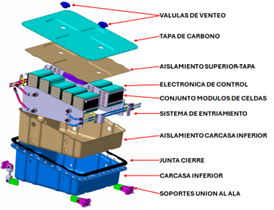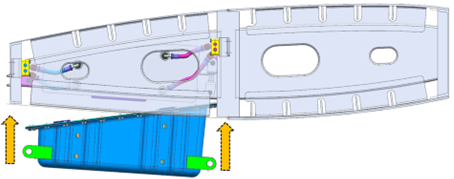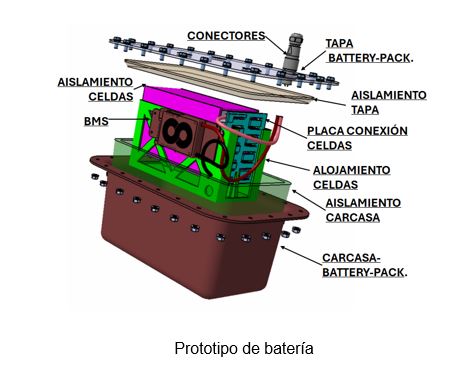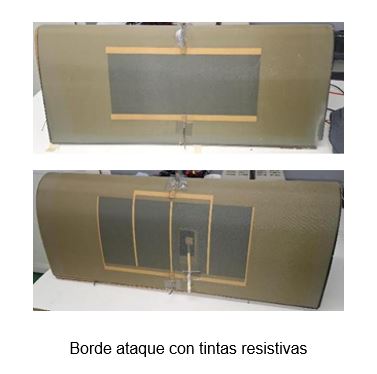Aernnova focuses on exploring responses to future demands, preparing to participate in new aeronautical programs launched by its customers. For this reason, we are carrying out projects to meet the new electric aviation products and thus satisfy the needs of our customers.
The activities of the E-FLIGHT project respond to these challenges and are related to the integration of electric motors in the structure and the design of new structural solutions that integrate high-power batteries.
Framed in the HAZITEK call of the Basque Government and developed in collaboration with two companies: ORKLY and INNOMAT/MUGAPE, it has had the advanced technical support of two centers of the Basque Network of Technology and Innovation Centers (TECNALIA and TEKNIKER).
Within the project there are 3 key areas: (i) the research of new anti-icing systems; (ii) the development of battery systems; and (iii) the study and implementation of batteries in aircraft.
(i) ANTI-ICING SYSTEMS
Coordinated by Yoana Zuazo and David Cruz, where Aernnova has addressed different types of solutions:
Active solutions (able to make ice disappear). Systems of conductive and resistive inks embedded in a composite leading edge were studied. In these systems, electricity is passed through a circuit (of these inks) printed on the fabrics that form the leading edge itself. The passage of current causes the area to heat up, thus causing the ice to melt.
Passive solutions (delay the formation of ice on the surface). They were studied for metal leading edges, applying on the surface of the same textured (laser machining on the surface of order of microns deep) and anti-icing paints (together with INNOMAT), which result in super-hydrophobic surfaces (surfaces that repel water) helping to reduce the accumulation of water and therefore the creation of ice.
(ii) DEVELOPMENT OF BATTERY SYSTEMS
Coordinated by Koldo Ibisate’s team, supported by TECNALIA:
-Development of a carbon fiber and thermosetting resin case capable of withstanding the temperatures that can be reached when the thermal-run away phenomenon appears (chain reaction resulting from the accumulation of too much heat inside a battery pack).
-Provision of a fume extraction system in the event of thermal run-away.
-Cell layout study. Selection of the most suitable cell and its arrangement in the battery.
-Design of a cooling system in order to keep the cells operating within the operating range indicated by the manufacturer.
(iii) BATTERY IMPLEMENTATION IN THE AIRCRAFT
-Study of battery integration areas in the aircraft. Battery layout, mooring systems, accessibility analysis, assembly and maintenance, cooling systems, …
-Analysis of wiring routings
-Feasibility study of the use of heat generated by the batteries.
The final part of the project was the validation of the solutions obtained. Two functional prototypes were manufactured and tested, one with a leading edge with embedded resistors and the other with a carbon fiber battery casing with all its elements.
The following tests were performed on the leading edge functional prototype:
Functional test. It is tested under operating conditions to verify that the embedded conductive inks are capable of generating sufficient energy to function as an anti-icing system.
Climatic chamber test.Positioned inside a climatic chamber, they were cycled between -10°C and 50°C to measure that the voltage and current details throughout the test do not suffer variations. Additionally, they are subjected to maximum power to verify that they do not fail.
The following tests were performed on the battery prototype:
Functional testing. The functional prototype was tested to be able to function within the operating parameters.
EMI test. Both the emission and the electromagnetic emissivity of the prototype were measured by testing different shielding systems.
Thermal run-away test. The aim was to verify that the proposed design complied with the demanding aeronautical conditions of the RTC-311/A standard in terms of thermal run-away behavior of the cells.
The final results of the tests proved to be successful in the performance of the design, since it complied with the requirements set by the standard.
In conclusion, the project has helped us to learn about the new technologies that will soon appear in our new projects.










